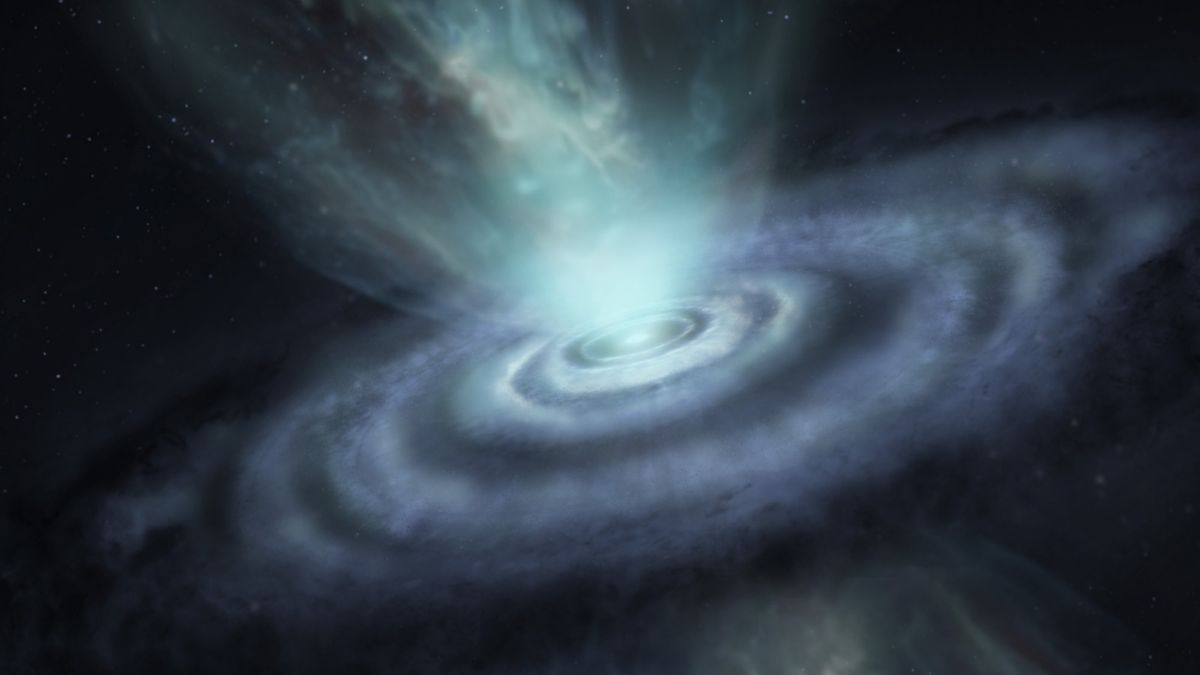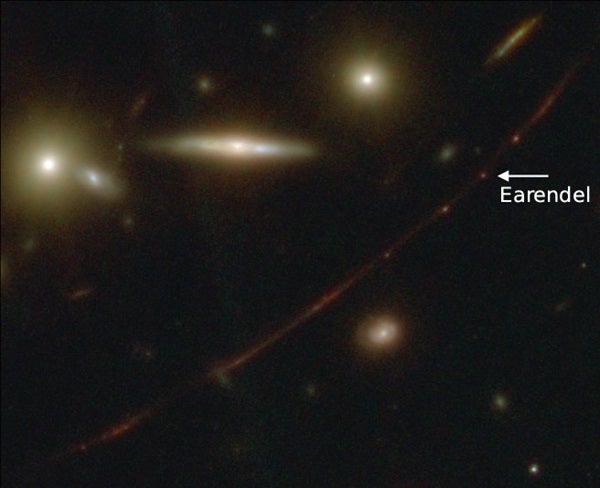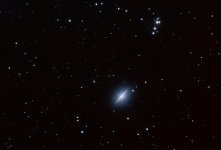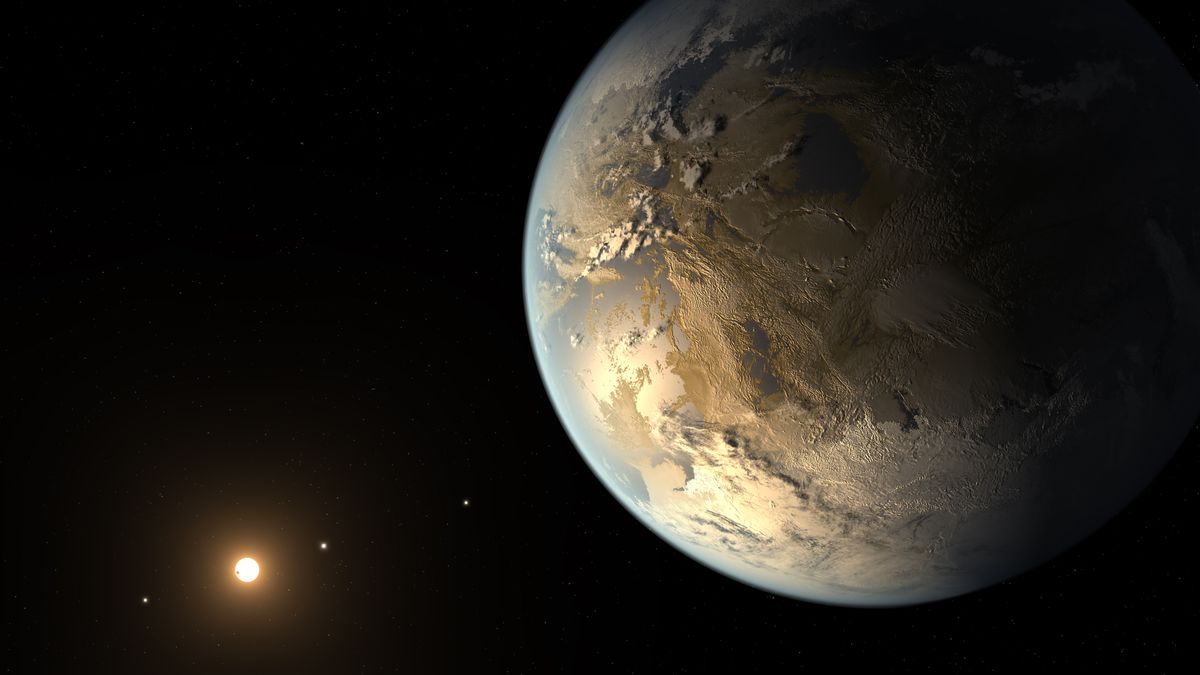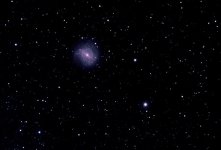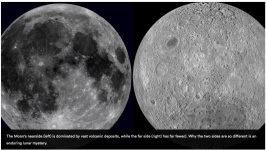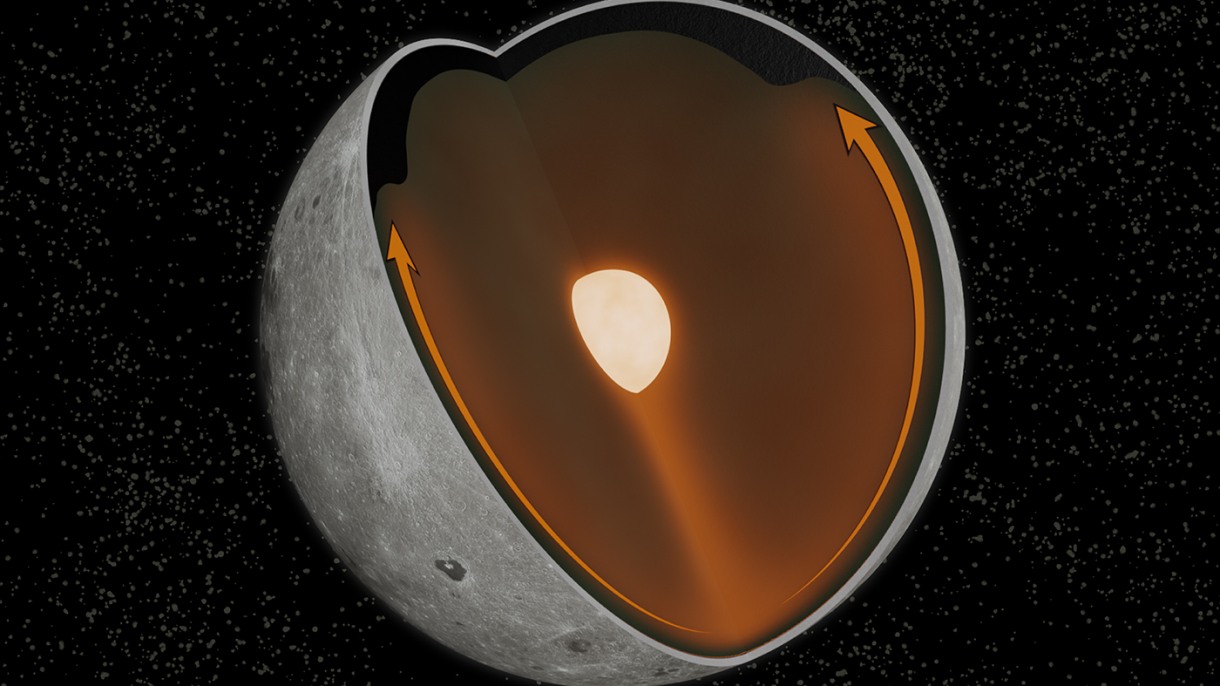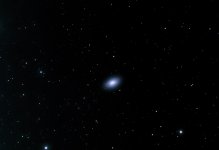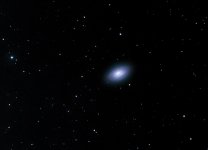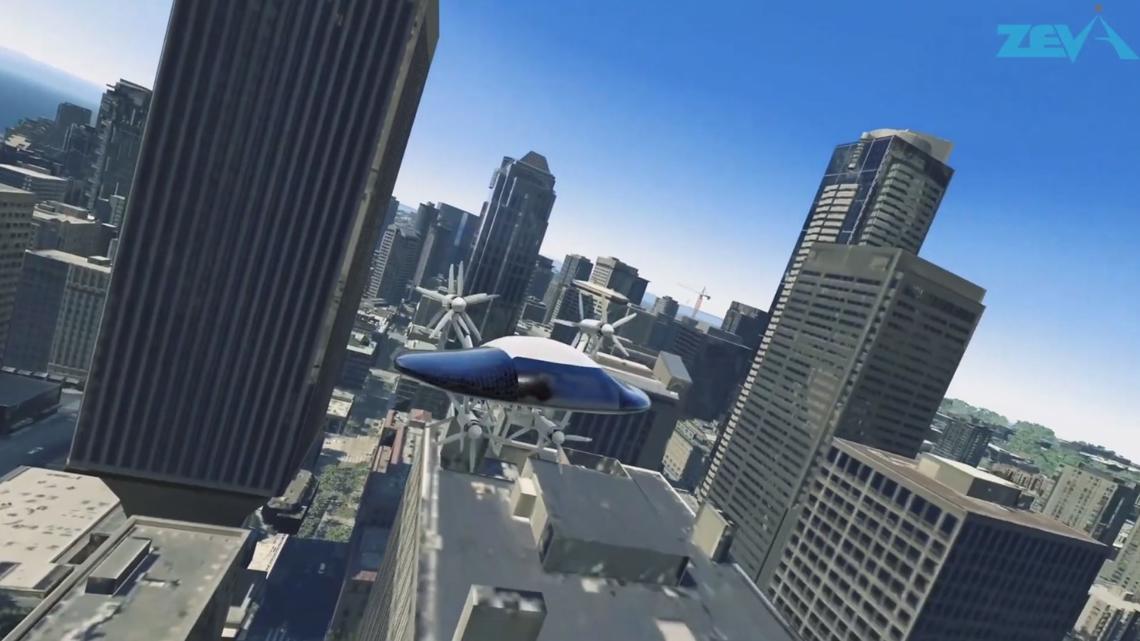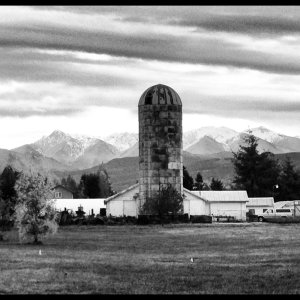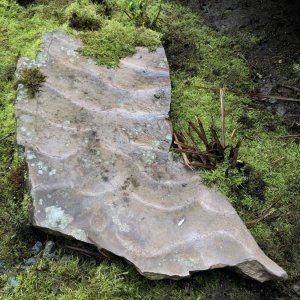One that got away, yes NGC 4565, commonly referred to as the Needle Galaxy, a rather conspicuous, edge-on spiral galaxy was missed by Charles Messier; thus, no "M" number and not a member of Messier's famous catalogue of stuff in the sky. NGC 4565, in the constellation Coma Berenices, was discovered by William Herschel in 1785. It is approximately 30 to 50 million light years away. You'll notice, this is a very flat, thin-looking galaxy, with a central dust lane that cuts across the central nuclear region (visible in the cropped image) that blocks and reddens the light from the interior. It is thought that our own Milky Way would look very similar if seen from outside its galactic equatorial plane.
NGC 4564: 30 x 240 second light exposures, 30 x 240 second darks:
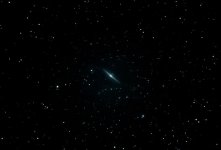
Same image cropped (NGC 4562 is the little blue "smudge" just below at about 7 o'clock):
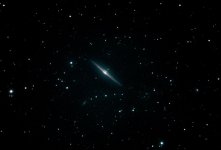
cheers
NGC 4564: 30 x 240 second light exposures, 30 x 240 second darks:

Same image cropped (NGC 4562 is the little blue "smudge" just below at about 7 o'clock):

cheers

